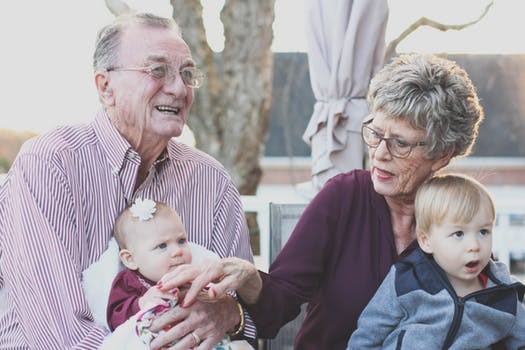Age-friendly cities: What will they mean for seniors in the future?
How can governments make cities more age-friendly to cater to the needs of their aging populations?
Written by Stannah
Since 2006 the idea of age-friendly cities has been floating around in the media. Lots of governmental organizations are talking about creating age-friendly communities, but what does this actually mean? What impact will it have for seniors?
We all know that the population of the world is aging. Baby boomers are reaching their senior years and living longer than any generation ever has. This is great news for all of us around today. We know that we still have long lives ahead of us, increased by advances in both medicine and technology. But this change also impacts our societies. We need to start thinking about how our communities cater to this older population. How we can make sure that the extended lifespans we are starting to see today are used to their full extent: that the lives the elderly continue to live are fulfilling and active.
The WHO (World Health Organization) has come up with a Policy Framework on Active Aging. It details ways that eight different aspects of urban life that can be improved to cater for older citizens.
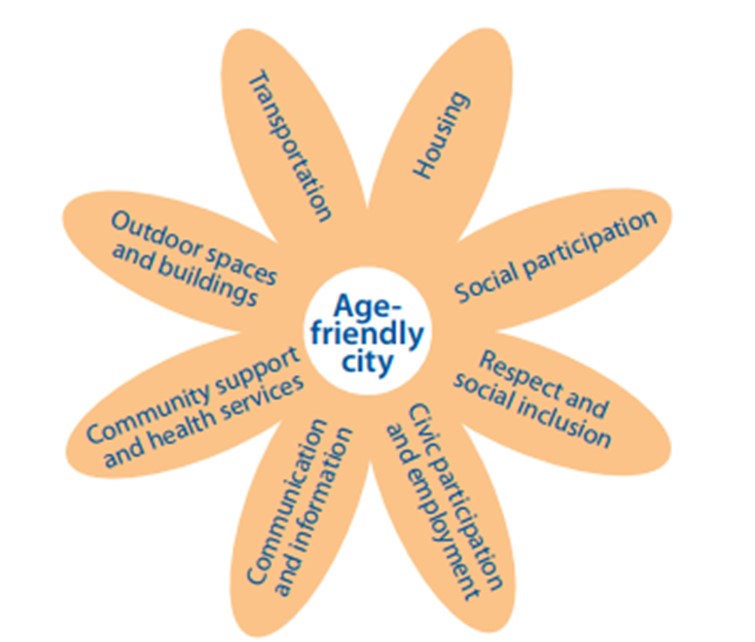
Table of contents
Senior living communities, or communities for all?
Safety in the City
Accessibility in the City
Safety in the Home
Combatting isolation amongst seniors
Involving senior citizens in these changes
Creating the possibility to Age in Place
Senior living communities, or communities for all?
It’s all very well to encourage seniors to be active, but what is more important is to create environments in which seniors CAN be active. Environments where they feel they can safely and confidently navigate their local area. This is the problem we are faced with today. Instead of being hubs where seniors can find their every need, cities are causing older citizens to become isolated within their homes. There just aren’t the resources they need to be able to get around safely.
With the number of seniors increasing at a staggering rate, these problems need to be tackled to ensure that our elderly loved ones can continue ageing in the cities they have always called home. This process is called active ageing. We at Stannah know how important it is that the older generation have the resources they need to be able to do this comfortably and safely.
This is where age-friendly cities come in. Cities that accommodate all their citizens, from the youngest to the oldest. The youngest members of society need good, accessible schools, safe places to play and good health services. The elderly need accessible, safe public services and structures to be able to carry on leading healthy, active, social, lives in the communities they’ve lived in their whole lives. But what does this actually mean?
Safety in the City

Safety in the city will be improved. We need to keep citizens safer from natural disasters and from crime. More streetlights will be introduced, more police patrols and community support will be brought in.
Instead of having to worry about finding their way to the other side of an urban sprawl to be able to buy necessities, services will be clustered in areas where elderly people live. They will never have to go far to buy their groceries.
Age-friendly cities also mean access to all buildings for the elderly and for people with disabilities. Elevators, escalators and railings will be installed so everyone can get where they need to go without having to worry about stairs or other features which may be dangerous. Knowing that the places they need to go will be accessible will lead to less stress and worry when it comes to leaving the house, and easier integration into a community.
Accessibility in the City
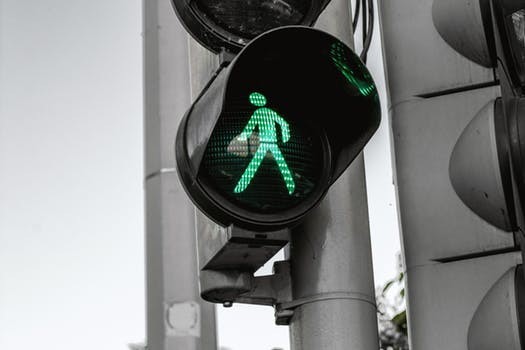
Accessibility in the city means not worrying about going into the city. Instead of worrying about finding a toilet, our elderly loved ones will be free to enjoy their surroundings. They’ll feel safe in the knowledge that there are enough accessible toilets to meet their needs, in convenient locations.
It means enough seating along roads. They will be able to rest if they need to. Smooth, wide walkways will be made that provide easy access to everywhere they want to go. Pavements will have no obstructions and tapered edges.
They will no longer need to worry about crossing roads. Crossings will be made safer by non-slip paving, well-placed physical structures and, most importantly, longer crossing times. Rushing across the road, risking injury will be a thing of the past.
As people age, they can no longer walk as far as they once could. They resort to driving to get where they need to go. However, there comes a point where it is no longer safe to drive, something you can read more about in our blog post on seniors limiting their driving. But then how do they get around?
They need good, affordable, reliable public transport that they feel safe using. This means good transport links to all areas of a city, and enough services that the transport remains comfortable to use. No overcrowding, and respect for priority seating. The services also need to be accessible, especially for those with reduced mobility. All transport must have floors that lower, low steps and wide seats.
Transport is especially important when it comes to the elderly getting to places like hospitals, health centres, public parks, shopping centres, banks and seniors’ centres, but extends to other cities and suburbs of a city. They should always be able to get to where they need to go.
All parts of the transport system need to work so that senior citizens feel confident that they know where they are going and how to get there. This confidence starts with clear information, from timetables to prices and transport being labelled clearly, with clearly visible numbers and destinations. Catching a bus will be a stress-free solution.
As well as public transport, senior citizens have access to taxis. Although at first this might seem like an expensive option, age-friendly cities will offer discounts or subsidized taxi fares for older people with low incomes.
There are many ways of making a door to door journey cheaper and more comfortable, and one of them is ‘Uber’, a cheaper alternative to a taxi, made easy by an app where you can track your driver before they arrive, and even request a bigger car.
The not-so-distant-future also looks like it might hold a very viable option for seniors: driverless cars! These gadgets, being developed by all the big car manufacturers, could offer senior citizens who can no longer drive the perfect solution to get around easily. We know the idea of a car with no driver seems very strange, but driverless cars could make the roads safer overall and reduce accidents.
For those who still feel comfortable driving, priority parking bays will provide easy access to buildings and transport stops, meaning that the distance the elderly need to walk is decreased.
Safety in the Home
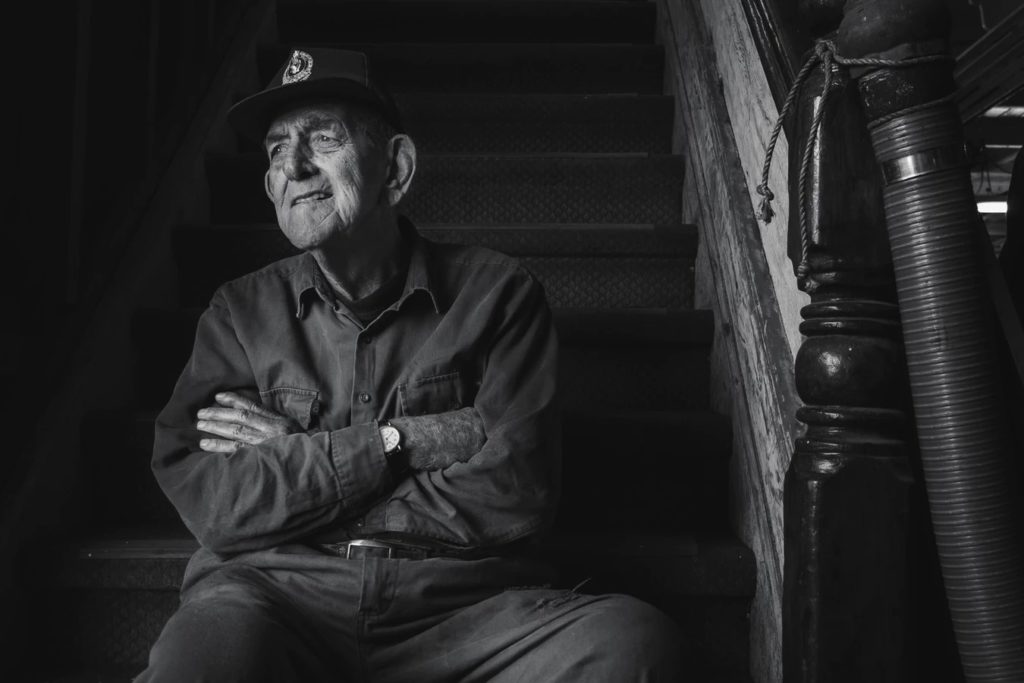
Age-friendly cities will also improve living conditions for the elderly in their own homes. Affordable housing will be made available for all older people, and this housing will be well-structured and adapted for older people. The whole house will be safe and comfortable for anyone to use. It will have even floors, wide corridors and appropriately designed bathrooms and kitchens.
Making a house safe and comfortable means that its residents can get to every part of it without having to worry. This includes upstairs, and since knee pain is one of the most common problems we have as we age, the stairs can become more and more of a challenge. For this reason, it is important to consider mobility aids, so that no areas of the house are off-limits, and falls can be prevented. We recommend a stairlift to those who have difficulties navigating stairs. You can read more about the benefits of a stairlift in our article on knee-pain. Click here to find out more about safety at home for your elderly loved ones.
Combatting isolation amongst seniors
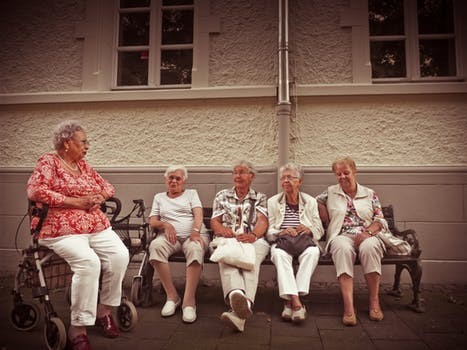
An age-friendly city is much more than an accessible city. It is a community that provides services for all of its population, integrating each and every citizen and combatting isolation. According to MC Master, isolation itself is a health risk. The loneliness that comes with it could be detrimental to senior health. For this reason, it is important to tackle senior loneliness, and integrate seniors into the community.
There are many ways that seniors can combat loneliness on their own. One example is joining a club or starting a new hobby. A good form of exercise for senior citizens is yoga, you can read more about this great form of exercise and how it benefits both the body and mind here.
There are also many other possibilities of events and activities that may help to create a community of like-minded people who share a love for common interests. Age-friendly cities promise events and activities that are at convenient times of day for the elderly, that are made accessible by public transport and that are in convenient, accessible locations, so anyone who wants to take part, can. These activities may present opportunities for seniors to share their knowledge, to take part in the community and for their life experience to be utilized.
However, for some it is not easy to leave their comfort zones and motivate themselves to get involved in the community. One of the proposals for age-friendly communities is that volunteer callers and visitors and integral parts of the community like hairdressers, doormen or caretakers provide these senior citizens, who may be at risk of isolation, with information on how they can better integrate with their community. Having trusted individuals look out for the elderly might be that missing link in making sure everyone has the human connections they need.
Involving senior citizens in these changes
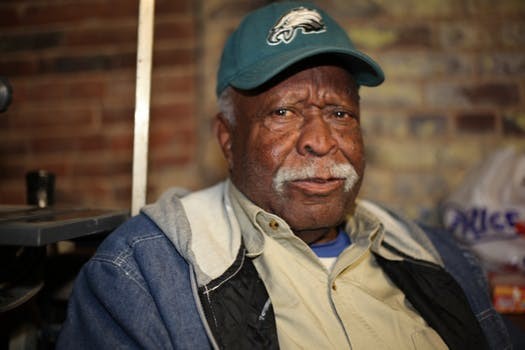
As more and more cities understand the importance of creating age-friendly environments, the way in which they go about improving their services and changing the city is very important. The WHO highlights the importance of involving the elderly in the process of improving the city, and explains the benefits of doing this.
Using elders’ experience and knowledge in this project allows governments to help those who need it, by listening to their needs. Part of an age-friendly community is recognizing the skills and abilities of the elderly and recognizing all that seniors can offer a community. In empowering the older generation to effect change in their environment, the health and social decline experienced by many elderly people could be lessened and a more age-friendly living environment promoted. By asking the elderly for their help in such a global project, their voices can be heard all around the world. The changes they need can be implemented to improve their quality of life and that of those who are following in their footsteps and living longer and longer.

